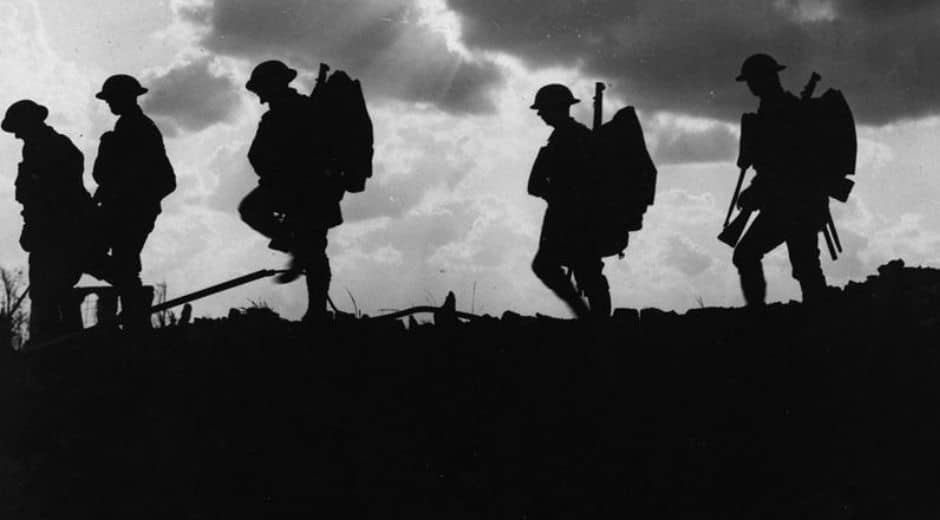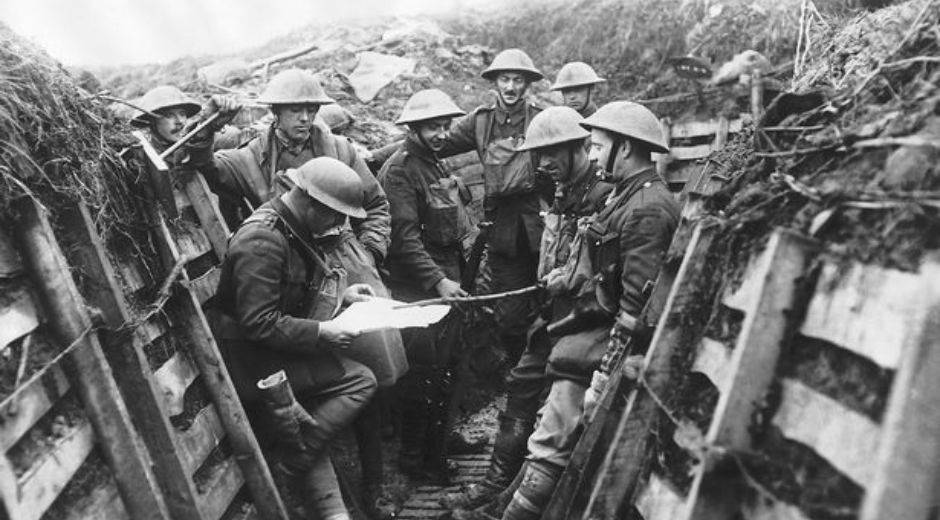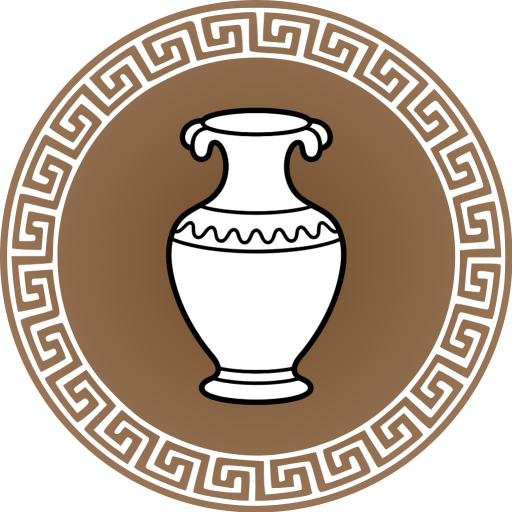WW1: Battles, Alliances, and the Dawn of Modern Warfare
WW1: Battles, Alliances, and the Dawn of Modern Warfare
The Origins of the Conflict
The origins of WW1 were complex and deeply rooted in political tensions, nationalist fervor, and a web of alliances. The assassination of Archduke Franz Ferdinand of Austria-Hungary in June 1914 served as the immediate catalyst. However, the war’s true causes extended deeper: imperial rivalries, militarism, and decades of diplomatic entanglements had created a volatile European landscape.
Countries had aligned themselves into two major blocs: the Triple Entente, consisting of France, Russia, and the United Kingdom, and the Triple Alliance, made up of Germany, Austria-Hungary, and Italy (though Italy later switched sides). These alliances meant that a localized conflict had the potential to spiral into a full-scale global war — which it did.
Major Battles That Defined the War
WW1 was characterized by its scale and intensity of combat. The Western Front, stretching across France and Belgium, became infamous for trench warfare, where soldiers endured grueling conditions, mud, and constant bombardment. Iconic battles such as the Somme, Verdun, and Ypres illustrated both the strategic significance and the immense human cost of the war.
On the Eastern Front, Germany and Austria-Hungary faced Russia in expansive campaigns that emphasized mobility rather than trench lines. Battles like Tannenberg demonstrated how modern communications and rapid troop movements could dramatically alter the course of a conflict.
The war also extended beyond Europe. Colonies and territories across Africa, the Middle East, and Asia became theaters of engagement, highlighting the global nature of WW1. These conflicts influenced local politics and set the stage for post-war decolonization movements.
Alliances and Diplomacy
The network of alliances was both a cause and a defining feature of WW1. As countries honored their commitments, a regional skirmish escalated into a global conflict. Diplomacy played a crucial role, but miscommunication, national pride, and strategic miscalculations often undermined peace efforts.
Throughout the war, new alliances formed while old ones strained under the pressure of prolonged conflict. Neutral countries, such as the United States initially, faced increasing pressure to join the fray. When the U.S. entered the war in 1917, it shifted the balance of power, providing the Allies with fresh troops, resources, and morale.
For those studying the political and economic impacts of alliances, resources like Politicxy offer detailed analysis on how diplomatic networks and treaties shaped global conflict patterns during WW1.
Technological Innovations and Modern Warfare
WW1 is often regarded as the dawn of modern warfare due to the rapid development of military technology. The introduction of tanks, chemical weapons, aircraft, and machine guns changed the dynamics of the battlefield. Trench systems, barbed wire, and artillery barrages created a deadly environment, while medical and logistical innovations attempted to mitigate the war’s human cost.
The mechanization of combat demanded new strategies and tactics. Armies had to adapt quickly to changing conditions, blending traditional infantry maneuvers with technological tools. The integration of railroads, telegraph communications, and intelligence-gathering shaped modern military planning.
Business and industrial communities also played a pivotal role. Companies mobilized resources to supply weapons, vehicles, and essential materials. Insights into these economic dimensions of WW1 can be found on platforms like BusinessForumHub, which explore how wartime production influenced industrial and financial growth.
Life Behind the Frontlines
While soldiers endured grueling conditions at the front, civilian populations faced their own struggles. Food shortages, rationing, and economic strain tested national resilience. Women stepped into roles traditionally held by men, working in factories, hospitals, and administrative positions, leaving a lasting impact on gender roles and labor movements.
Propaganda became a critical tool, shaping public perception and maintaining morale. Governments mobilized national identity and pride to support the war effort, creating posters, newspapers, and speeches that emphasized duty, heroism, and sacrifice. These cultural aspects were essential in sustaining the prolonged conflict and influencing post-war societies.
The War’s Global Legacy
The conclusion of WW1 in 1918 marked the end of an era but the beginning of profound transformations. The Treaty of Versailles imposed strict conditions on Germany and redrew national borders, leading to significant political and social repercussions. Empires collapsed, new nations emerged, and revolutions swept across Europe and the Middle East.
The war’s legacy also extended to military strategy, international relations, and economic policy. Lessons from WW1 influenced the formation of international organizations designed to prevent future conflicts, such as the League of Nations. Scholars continue to analyze these outcomes to understand how global conflicts reshape political and economic structures.
For readers interested in deeper historical analysis, Chronostual offers extensive resources on the global impact of WW1 and its enduring significance in shaping modern history.
Remembering WW1
A century later, WW1 remains a defining moment in global history. Memorials, literature, and education ensure that the human cost, bravery, and lessons of the Great War are not forgotten. Understanding this conflict allows us to appreciate the complexity of international relations, the evolution of military tactics, and the resilience of societies under extreme stress.
By studying battles, alliances, and the technological advances of WW1, we gain insight into both the human experience and the structural forces that shaped the 20th century. It is a reminder that history is not merely a record of events but a tapestry of choices, consequences, and enduring lessons.
WW1 was more than a war; it was a turning point in modern civilization. Its battles, alliances, and innovations left an indelible mark on the world, influencing politics, society, and culture for generations. By exploring its history, we honor those who lived through it and better understand the forces that continue to shape our global landscape.
History Insight Legacy
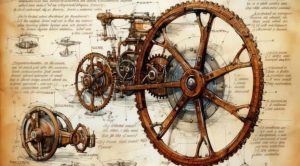
Ancient Technologies That Defied Understanding
In Ancient, we delve into the extraordinary technologies of the past that defy modern understanding. From intricate machinery to engineering marvels, this article uncovers how ancient civilizations achieved feats that still astonish and inspire researchers today.

The Forgotten Kingdoms: Civilizations Buried by Time
In The Forgotten Kingdoms, we delve into ancient civilizations that time nearly erased. From hidden cities to lost empires, this article uncovers their remarkable achievements, culture, and the mysteries that continue to intrigue historians and archaeologists today.
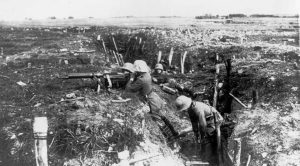
Unsung Revolutionaries: Figures Buried by Time
In Unsung Revolutionaries, we delve into the stories of remarkable individuals whose revolutionary ideas and actions influenced historical events, yet their contributions were overlooked or buried by time. This article highlights their courage, vision, and enduring impact on society and history.
